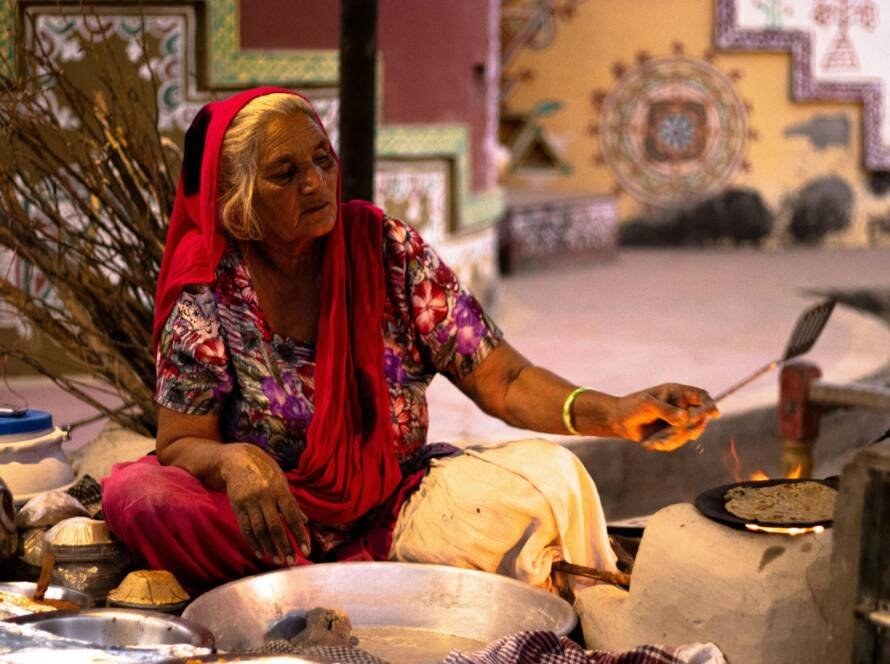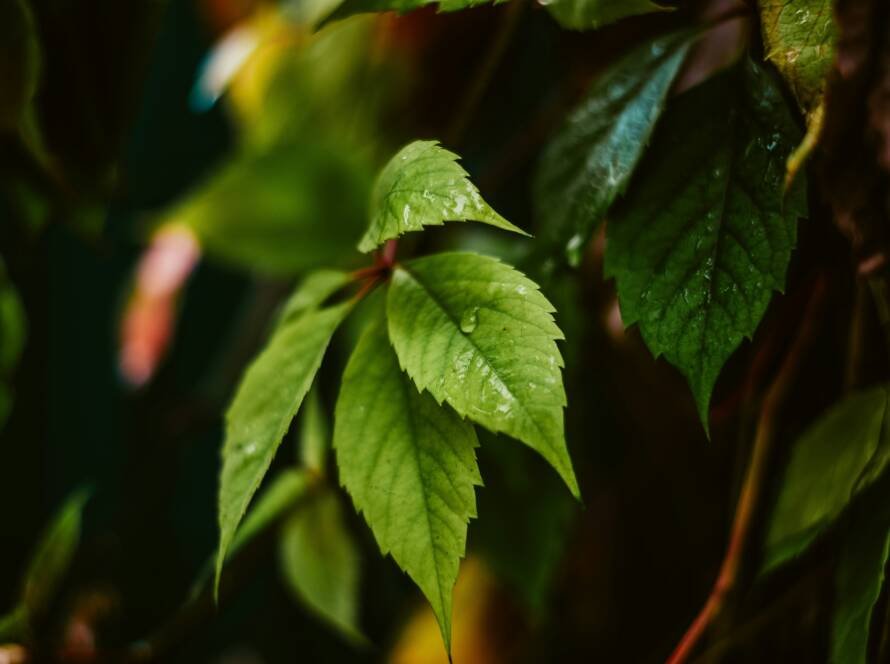Step into the heart of India, where every gustatory experience is an enchanting symphony of spices, each note telling a story as old as time. From the bustling markets of Mumbai to the lush plantations of Assam, let’s embark on a tantalizing journey into the diverse and aromatic world of Indian spices.
Introduction to Indian Spices

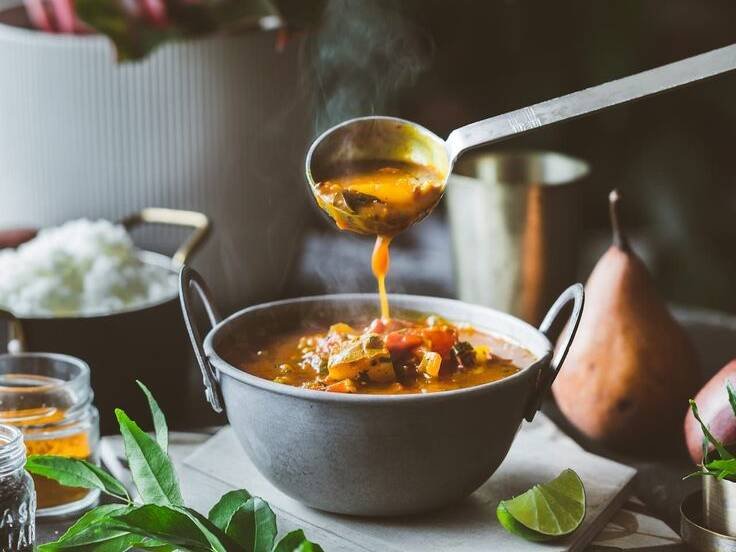
Imagine a marketplace alive with hues of crimson saffron, golden turmeric, and deep green cardamom pods—a sensory tapestry that defines Indian spice culture. These spices are not just culinary ingredients; they are the soul of Indian cuisine, woven into the fabric of its history, culture, and traditional medicine. Their journey is a tale of trade routes, cultural exchanges, and the magic they bring to the palates of those who savor them.
Geographical Diversity of Spice Cultivation
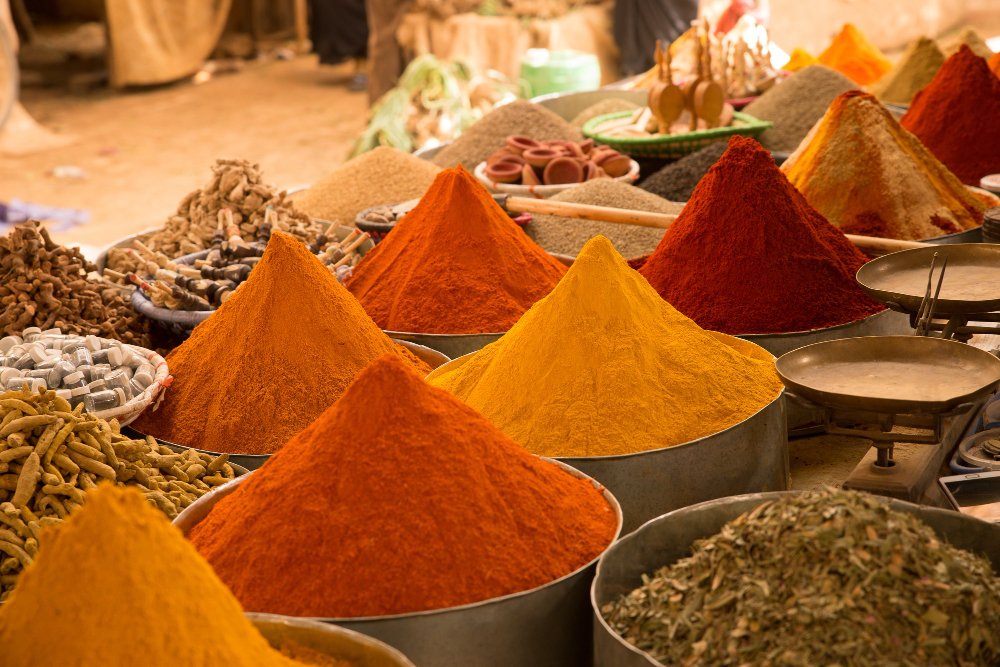
India’s topography is a treasure trove of flavors. Journey to the Western Ghats, where the air is perfumed with the delicate fragrance of cardamom. Head to Andhra Pradesh, where fiery chili peppers thrive under the sun. Traverse the Nilgiris, home to aromatic cloves, and finally, explore the lush landscapes of Kerala, known for its globally acclaimed black pepper. Each region, with its unique climate and soil, contributes to the vast and intricate spice palette of the nation.
Cultural Significance in Cuisine
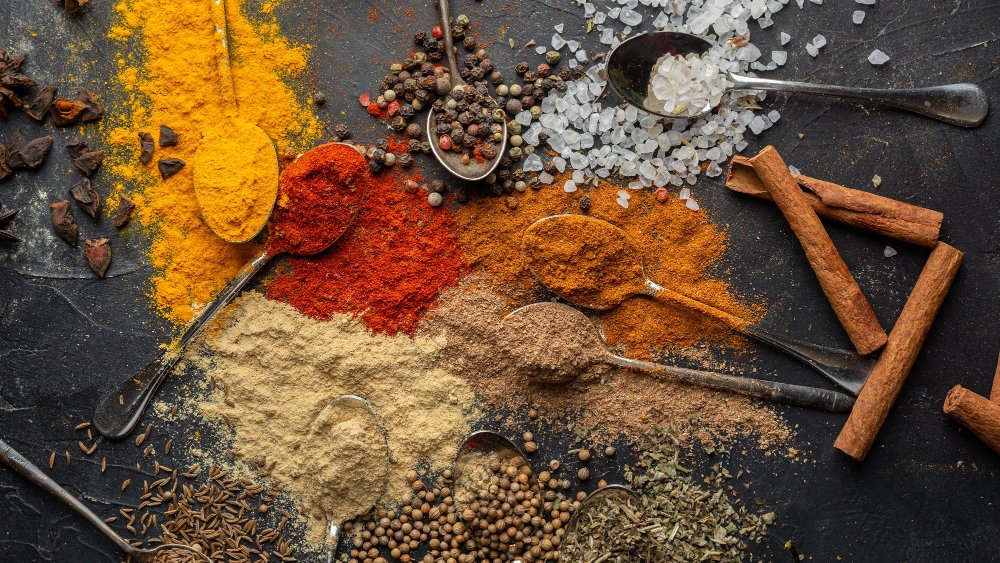
Spices in India aren’t just culinary embellishments; they’re cultural symbols that dance through generations. The warm glow of turmeric in a curry tells a story of prosperity and auspiciousness, while the aromatic embrace of garam masala whispers the tales of diverse regional cooking styles. These spices aren’t mere additions to a dish; they’re the architects of culinary experiences that transcend taste to create memories.
Traditional Harvesting and Processing Techniques
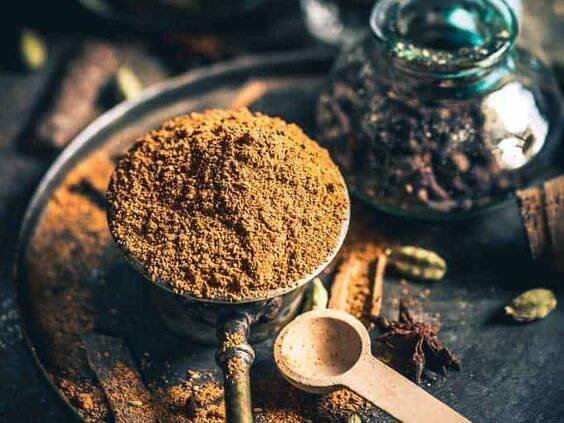

Peel back the layers of time to uncover the craftsmanship involved in bringing these flavors to life. In Kashmir, witness the meticulous hand-picking of saffron—the world’s most precious spice. In the arid regions, observe the sun-drying techniques that transform raw spices into aromatic treasures. The traditions passed down through generations are a testament to the dedication and skill that goes into cultivating and processing these culinary gems.
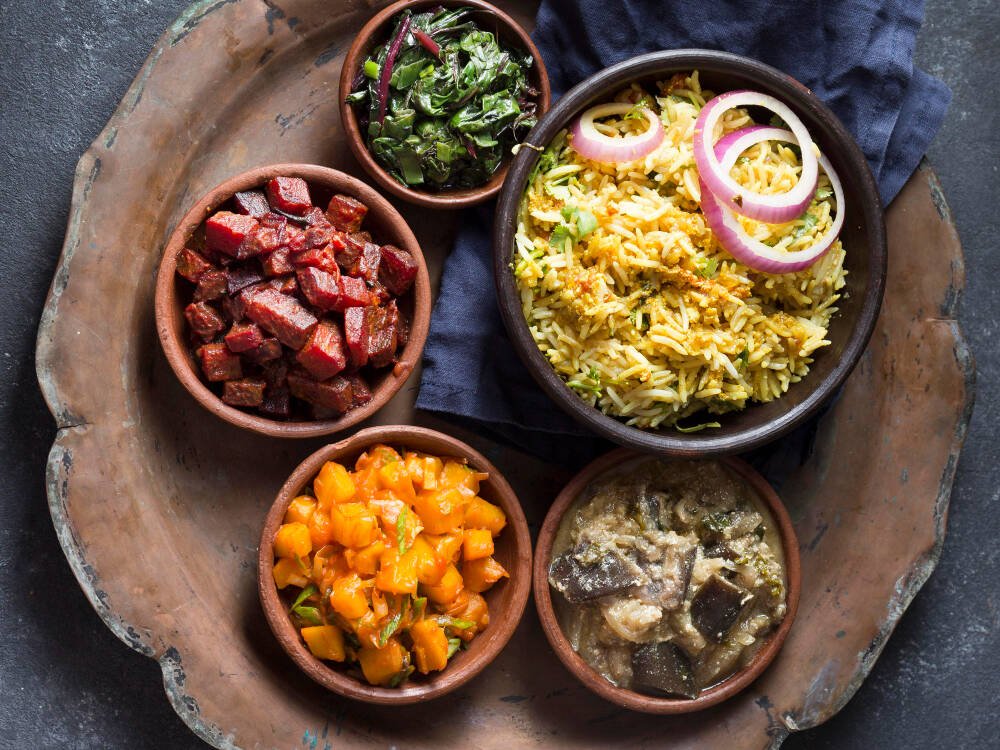
Medicinal and Ayurvedic Significance
Beyond the kitchen, Indian spices are revered for their medicinal properties. Turmeric, a golden elixir, boasts anti-inflammatory benefits. Cumin aids digestion, and cardamom is known for its aromatic therapy. These spices have not just tantalized taste buds but have been integral to holistic health practices embedded in India’s ancient Ayurvedic traditions.
As we stand at the threshold of this spice-filled odyssey, join us on a flavorful journey through our upcoming series—a deep dive into specific spices, enlightening interviews with experts, and a celebration of the evolving spice culture in India. Get ready to explore the soulful essence of India’s spice heritage, where each blog post is a gateway to savoring the aromatic magic that defines our nation’s culinary identity. Let the spice adventure begin!

